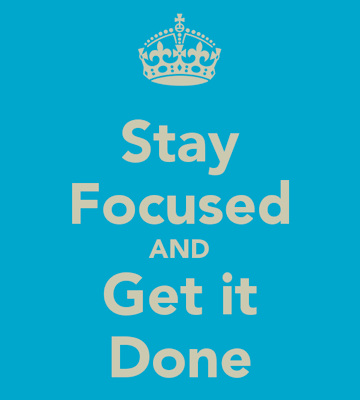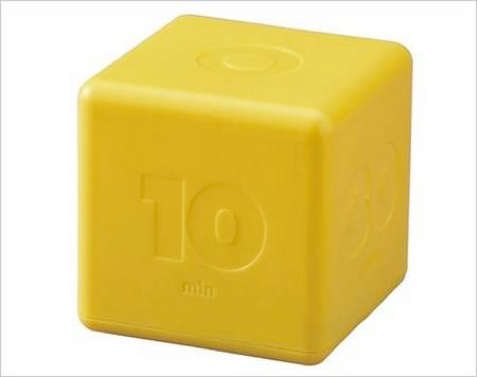
Tips & Tricks for Keeping on Track
September 9, 2013
An Organized Homework Routine
September 23, 2013It is said, “Time flies when you’re having fun.” It could also be said that time flies when you have a lot to get done. At least it seems this way on days your To Do List doesn’t even fit on the note pad. What about the days you have plenty of time but at the end of the day, you haven’t accomplished everything on your To Do List?
Work expands so as to fill the time available for its completion. This is Parkinson’s law first published by Cyril Northcote Parkinson in The Economist 1955. Another way to say this is; The amount of time which one has to perform a task is the amount of time it will take to complete the task. Sounds frustrating especially if you are hoping to finish early to carve out a little me time.
So are we doomed to always be working? No, not if you use different tricks to manage your time. Let’s talk about the elephant in the room. Managing time is dry & boring. Oh, but is it? Why can’t it be a game? An inexpensive game at that! You don’t need to sit through a time management class or buy expensive time management tools to manage your time. One, inexpensive tool you probably already have will work just fine.
A timer.
“A timer?” you ask. Yes, a timer. It is so simple, yet so very powerful for two reasons.
1. The Bell. At the end of your time, a loud bell goes off. It’s very hard to ignore because you have to turn it off. It’s not like those calendar reminders that pop up on your phone, computer or notebook that you readily swipe away. This bell has to be addressed.
2.The Bell. Okay, yes the bell again because the process of stopping what you are doing to turn off the bell jolts you out of your tunnel whether a tunnel of focus or a tunnel of daydreaming. I’ll let you decide which you participate in more.
How is a timer different then just attending to each item on my To Do List. This is where the game comes in to play. Since we already know that work expands so as to fill the time available for its completion, we need to make sure to reduce the time available for its completion. Or another way to look at this is we need to allot 15-20 minutes breaks during each task.
We all know we need to take intermittent breaks through out our day to stand, stretch, relax our mind & clear our head. Tony Schwartz wrote, “Stress isn’t the enemy in the workplace. Our real enemy is the absence of intermittent renewal.”
1.Set the Timer Choose the amount of time you will work on a task preferable not over 90 minutes as research shows this to be the optimal maximum amount of time to work before our mind starts to turn to mush.
2.Break Take a 15-20 minute break from your work during the allotted work time doing something you like to do; taking a walk, daydreaming etc.
3.Repeat Set the timer again for your next session of work.
Setting the timer will give you a more defined timeframe in which to work. The game is racing against the time to complete the task & still allow for your break. Have you every used a timer to help you accomplish your tasks? Let us know on the Styled & Organized Living Facebook page. Also, check back all week for other time management ideas @StyledOrganized on Twitter & the Styled & Organized Living Pinterest page.




